Modular synth cases are expensive, but mostly worth it. Would you use cardboard to shingle your roof? No way. You’d shop around for a decent price, but you’d get something attractive and durable that offers protection and is made to last. Modular synth cases are expensive for good reason—to house your precious modules.
Over the past 10 years, I’ve owned no less than 15 Eurorack cases of varying sizes and for different purposes. Armed with broad experiences and hours of research, I’ll do my best to give you case info you’d only know after owning them.
TLDR; Skip to the case recommendations
Parts of the Case
Burn this into your brain meats—not all cases come with everything you need. Some don’t have power. Those that do vary wildly. Most don’t come with enough mounting screws, and some use different size screws. The loosely defined Eurorack standard allows manufacturers to create products that are incompatible with others.
The Case
Size: Cases come in many shapes and sizes, from tiny one-module cases to room-sized installations. Picking the right size from the start will save you time and money down the road. A good rule of thumb is to get about double the size you think you need. It sounds excessive, but believe me, you’ll run out of open HP sooner than you expect. It’s more economical to buy one bigger case than 2-3 smaller ones.
Material: Plywood, steel, aluminum, plastic, rare woods, and cardboard are some choices. Consider durability, weight, and aesthetics.
Module Depth: Check the specs for all your modules and ensure their depth is less than the depth of your case. Add a couple of mm for ribbon cable clearance. It really sucks when you can’t fit a module into your case.
Aesthetics: If you care about looks, don’t settle. Go for a look that will draw your attention and make you happy. Just be prepared to wait longer for custom jobs.
Build Method and Quality: Is it mass-manufactured or handcrafted? Mass-manufactured doesn’t mean worse; it may mean more precision at the expense of uniqueness. For a more individual product you might want to go hand made or even custom to order. These cases are generally built really well but lack a bit of precision with the mounting hardware.
The Power Supply
I won’t pretend to know everything about power supplies for Eurorack. Instead, I’ll share my learned knowledge and experience. During your own research you’ll hear about linear PSUs being “better” than switching PSUs. I call bullshit—it depends on a lot factors but noise is the main reason. Smarter folks than me say a linear PSU is less noisy because it’s a cleaner and more stable power source. I am not sure how much that matters. Eurorack is noisy, especially compared to software. You’ll never be free of noise. Learn to see the noise level of modular systems as a charming feature rather than a problem, and you’ll be happier. Also, manufacturers should know this and design their circuits to filter noise that occurs from switching power supplies.
Most cases include a switching power supply, usually an external brick made by Meanwell. They’re perfectly fine, less expensive, easier to replace, lighter, and smaller than linear PSUs. I’ve owned three different linear PSUs, and the effect on noise is negligible. If you’re a scientist needing perfect sine waves, maybe go linear. If you’re a musician, who gives a fuck? Make some noise and rock out with your clock out.
The most important power question to answer is, do you have enough power? How does one calculate and figure out their power requirements? There are three types of power rails: +12V, -12V, and +5V. Add up the power requirements of your modules for each rail individually. Modular Grid gives a rough idea, but not all power specs are accurate. Add about 10% on top of what MG says to be safe.
If your modular grid case power consumption shows:
1295 mA +12V | 763 mA -12V | 0 mA 5V
Round that up by around 10% (to account for specs inaccuracy) :
1425 mA +12V | 840 mA -12V | 0 mA 5V
Say you’re considering this PSU:
1500 mA +12V | 1000 mA -12V | 0 mA 5V
That seems to work, right? Wrong! You should leave about 20% headroom to account for power variance. If your system gets too close to the max output, small fluctuations in power could cause your modules to act very strangely. You see, if you overtax your power supply the most likely outcome is that you modules will begin to behave in an unpredictable manner. Digital modules may freeze or not boot at all. Analog modules may sound strange. Modules acting up is a pain in the ass but it is not the worst thing, there can be some serious dangers. While unlikely, it is possible that your modules could be damaged. For example, there was a VCA chip that would fail if there was an imbalance between the +12V and -12V currents. No matter how unlikely this is to occur, no one wants to have their modules damaged. The worst possible outcome is fire. An overtaxed power supply can heat up and if it does not have failsafes or the failsafes have failed themselves, you could burn down your modular and your house. While this is an incredibly unlikely event, it is also a 100% possible event. Meaning there is a 0% chance of it being impossible and never happening.
So, what level of power do you actually need to power all of those modules? There is a simple formula to figure out what specs you need from a power supply unit (PSU). P = power, C = consumption
Take your total consumption and add 10% to account for specs inaccuracy:
C + (C × 0.1)= T
I listed 1295 mA for the +12V rail. Using the above formula:
1295 + (1295 × 0.1) = 1,424.5
Now we need to add 20% headroom to stay safely under 80% utilization. Continuing the formula from above:
T + (T × 0.2) = P
1424.5 + (1424.5 × 0.2) = 1,709.4
So for a system using 1295 mA on the +12V rail, you will need a PSU with at least 1709.4 mA.
If you want to come at this from the other direction and understand what % of utilization you are at on your power supply, you still want to add the extra 10% for spec inaccuracy. Use this formula:
((C + (C × 0.1)) ÷ P)100 = %
Let’s say you have a PSU that has 2000 mA +12V and you are using 1295 mA +12V:
((1295 + (1295 × 0.1)) ÷ 2000)100 = 71.225%
One last thing, do you know which modules do you plan to get a year from now? You don’t know, so, plan for that future and ensure that you will not need to buy an entirely new case just to support some power hungry modules. The PSU that would make me feel totally safe for the 1295 mA set of modules would look something like this:
3000 mA +12 | 2500 mA -12 V | 1500 mA 5V
Are you not convinced yet that you need to leave headroom for power? Well, when modules are first booting up, they momentarily draw a hell of lot more power. This is another reason for leaving headroom.
The Busboards
These long circuit boards inside your case have 16-pin headers to which you connect a module’s power ribbon cable. They transmit power from the PSU to all headers. Noise can also be transmitted through busboards. Most include filtering to limit noise, but filtering isn’t always effective. Some newer busboards not only filter but also break up headers into zones to better isolate noisy modules. There are many busboards of varying quality; ask around in communities, but remember, each setup is unique. One noisy module can make a person talk shit about an otherwise decent busboard.
PSU brands I trust:
- Intellijel
- Make Noise
- Amalgamod
- Konstant Lab
- Eskatonic Modular
The Rails
Not to be confused with power rails, these are mounting rails for your modules. Some have a lip on the outer edge to nestle your module into position. Some don’t, allowing for slightly different panel sizes or a different look. More importantly, consider the heated debate of sliding nuts vs. threaded strips.
Sliding Nuts:
Nuts that slide into a channel on a mounting rail. You must align each nut with a module’s front panel mounting hole.
Pros:
- Removing and replacing single modules can be easier.
- May fit one extra HP into your case.
Cons:
- Aligning every nut is a pain, especially if you frequently move modules.
- It’s easy to run out of available nuts.
- You need extra nuts between each module.
- Your case may not include enough nuts.
- You can lose nuts.
Threaded Strips:
A metal strip with pre-drilled holes at the proper distance, inserted into the channel on the mounting rail.
Pros:
- Losing a threaded strip is nearly impossible.
- All the screw holes you could ever need.
- No need to align mounting holes.
Cons:
- May need to remove more modules to rearrange.
- Misalignment can occur if there isn’t a little slack.
The Screws
The Eurorack standard defines M3x6 oval-head screws with cross recess DIN7985(Phillips). But case makers do their thing. I’ve seen M2.5, M3, and M4 screws in 6mm or 8mm lengths. Black screws, silver screws, thumb screws, hex screws, metal screws, vinyl screws, and more.
What to do:
- Figure out the thread size: M2.5, M3, or M4.
- Figure out the depth: Some cases need 6mm, others 8mm.
- Pick a color you like.
- Buy a pack or two of 50 screws.
Manufacturers often include screws with their modules, which is dumb and wasteful. Buy screws that fit your case, don’t rely on the included ones.
What Case is Right for You?
I’ve created various character profiles, each with their own scenario and requirements. Find one that speaks to you or combine aspects to meet your needs.
Andre wants to play 60-minute live techno sets with a hybrid setup. They’ve got an Elektron Octatrack MKII or AKAI MPC and want to add some outboard modular gear for weird bleeps, metallic donks, and thick analog basslines. They also want to add some unique effects to some tracks from their other gear.

Andre’s requirements:
- Durable for live gigs.
- Small, but big enough to interface with outboard gear
- Enough room for a few voices
- Easy to set up and break down quickly at venues.
Cases for Andre:
For added travel safety, get a weatherproof soft gig bag to protect the case further:
Kai is a senior programmer working 50+ hours a week, raising kids with their partner, and has limited free time. They have a small home studio and a synth or two. Kai isn’t completely sure what they want to get from modular but knows they have no desire or time to play live shows.

Kai’s requirements:
- Large enough to house modules they love, modules they’re learning, and modules that are purely impulse buys.
- Will likely rearrange modules when new modules are acquired.
Cases for Kai:
Need a little room to expand?
Morgan has been doing sound design for film and video games for a while. They’ve got a modest but nice working studio with quite a few synths and many instruments. They really want to exploit the modulation capabilities and have a patchable playground.

Morgan’s requirements:
- Often adding new and esoteric modules and needs a lot of case space.
- Needs it all in one place so it’s easy to access.
- Likely to never play live.
- Isn’t going to rearrange modules often.
Case for Morgan:
NOTE: The Erica Synths Megacase power supply) does not supply 5V

Adrian is a home studio producer looking to expand their sound palette. They’re thinking about starting to build a modular setup that will integrate seamlessly with a DAW. They have a MIDI controller and use soft synths. While it is unlikely they’ll ever play out live, there’s a slim chance they could be persuaded by a friend.
Adrian’s requirements:
- Small enough to sit comfortably on a clean desktop.
- Needs to control the modular from the DAW.
- Needs to accept audio output from the modular into the DAW.
- May want portability in the future.
Cases for Adrian:

Jesse has been working with modular synths for a couple of years and has started to feel pretty confident about their ability. They want to try playing out live but their system is spread across three smaller cases. They also want to play with only a modular system and no other instruments.
Jesse’s requirements:
- Consolidate multiple systems into something unified.
- No external instruments or equipment.
- Case should be strong and weatherproof.
- Case doesn’t need to be flight-worthy.
Cases for Jesse (not available at Perfect Circuit, their links help the blog stay alive, but I would feel pretty guilty if I did not mention these.):

Mika wants to make youtube videos that showcase cool patches and short performances. They will often be swapping out curated groups of modules. The cases may be accompanied by other small gear like pedals, desktop effects or synths and small instruments.
Mika’s requirements:
- A few small cases of varying sizes.
- Easy to change out modules.
- Similar aesthetics for a good uniform look
Case for Mika:
Choosing the right Eurorack case is crucial for protecting your investment and ensuring your setup meets your needs. Whether you’re a live performer, a home studio enthusiast, or a sound designer, there’s a perfect case out there for you. Take the time to consider your requirements and plan for future growth. Happy patching, and may your synth adventures be ever-inspiring!


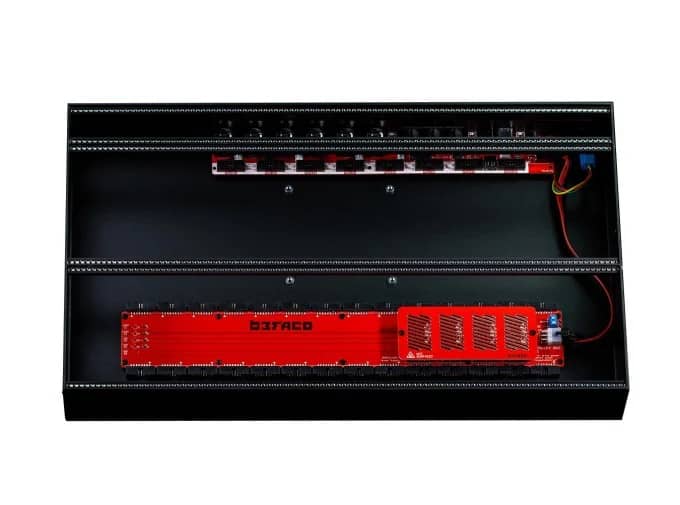
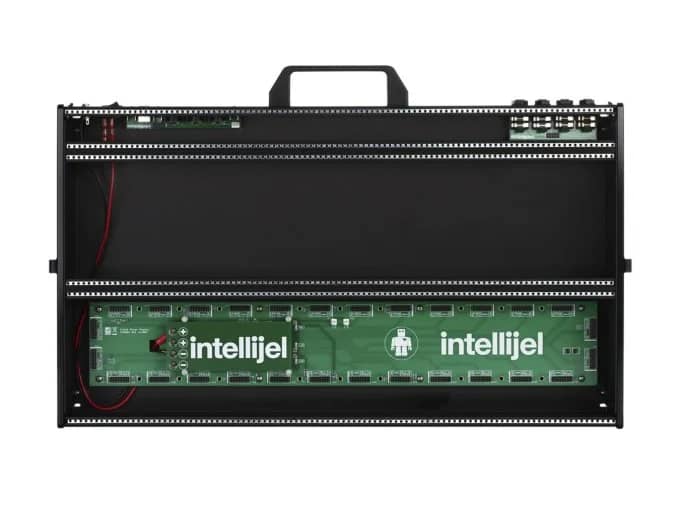
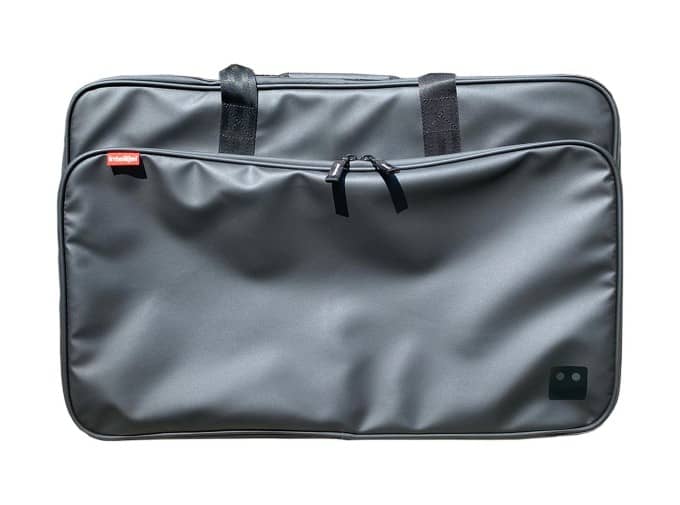
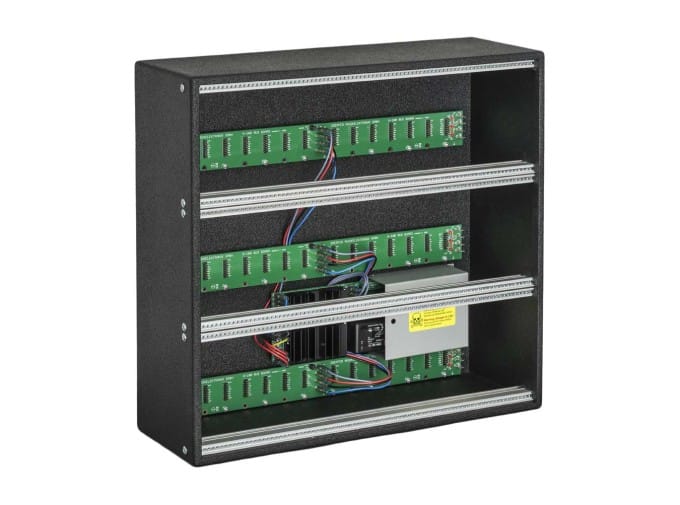
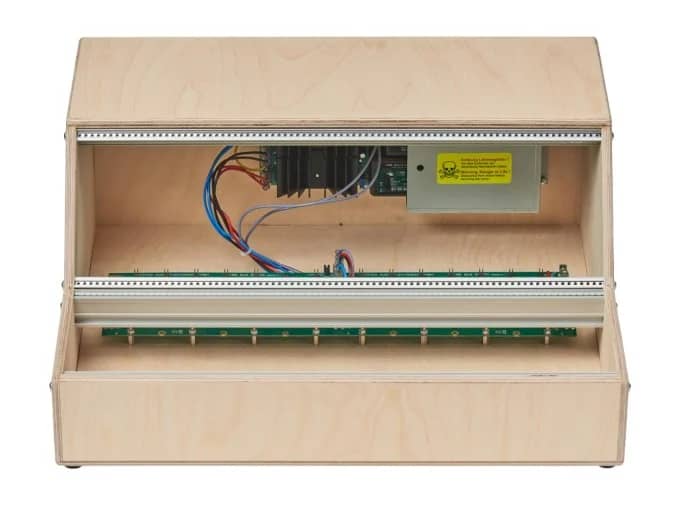
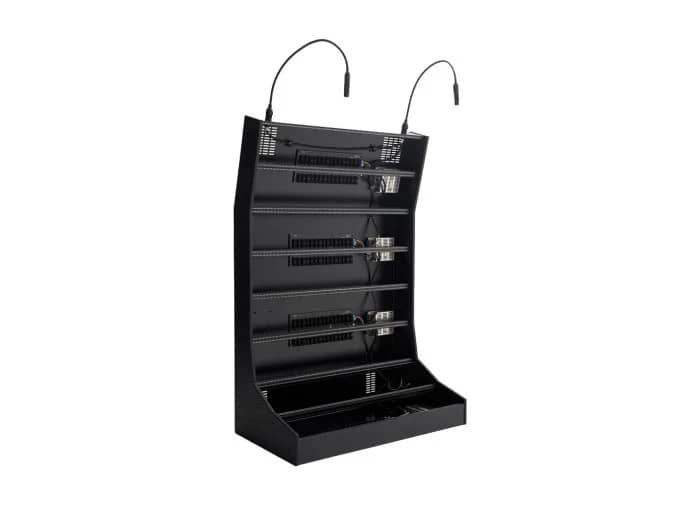
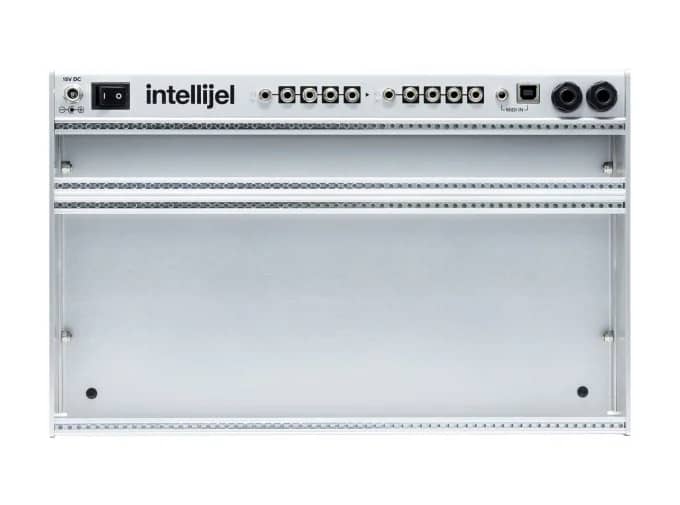

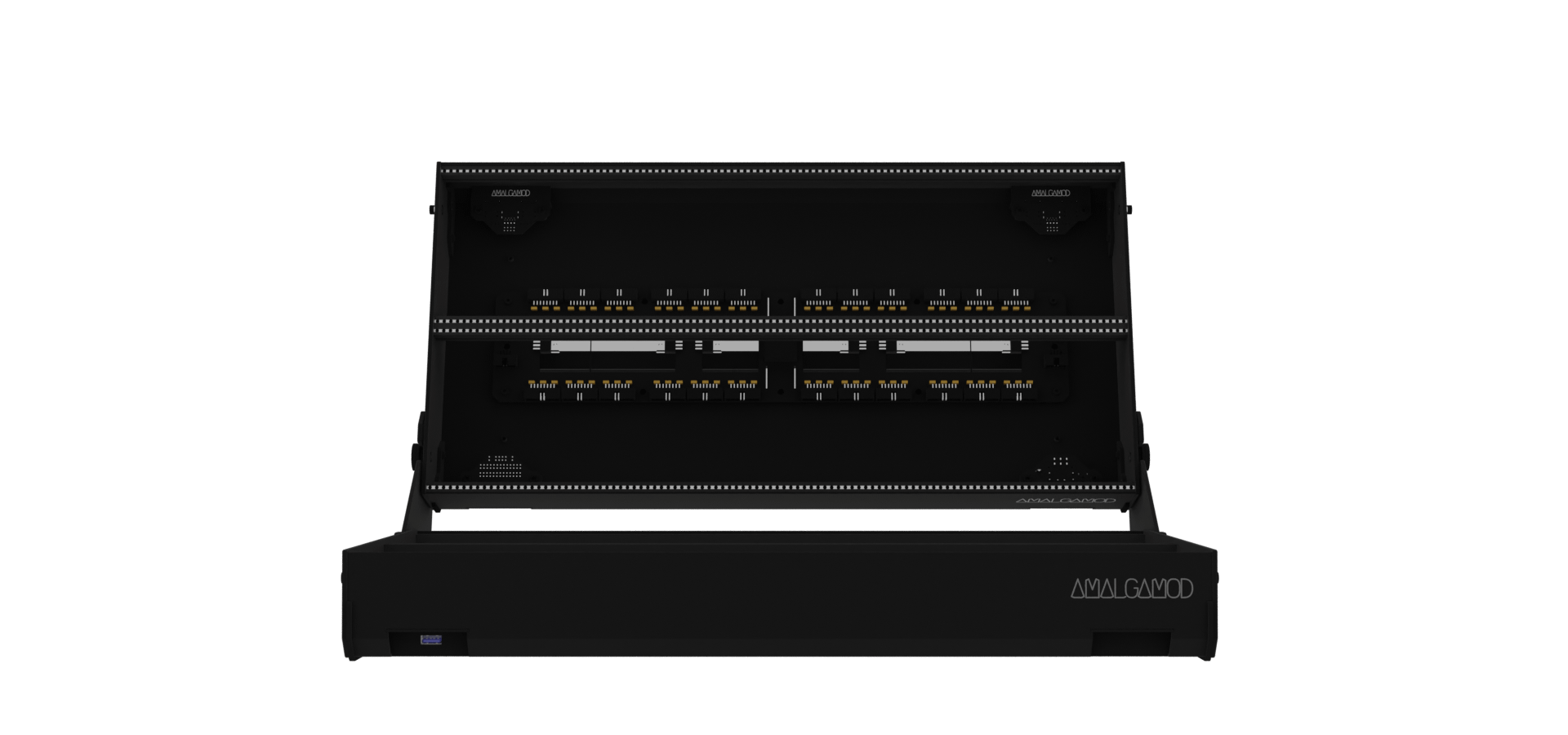
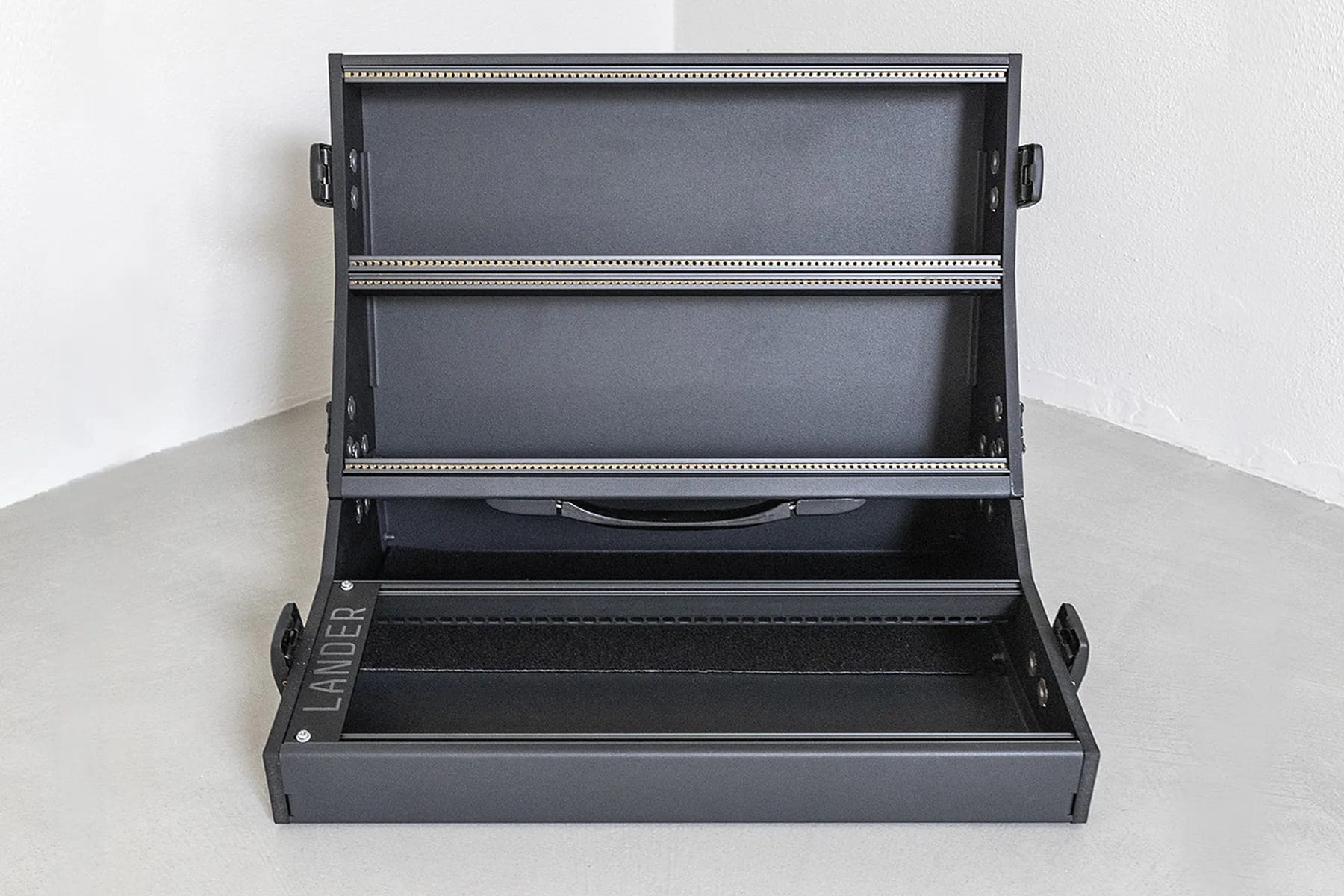
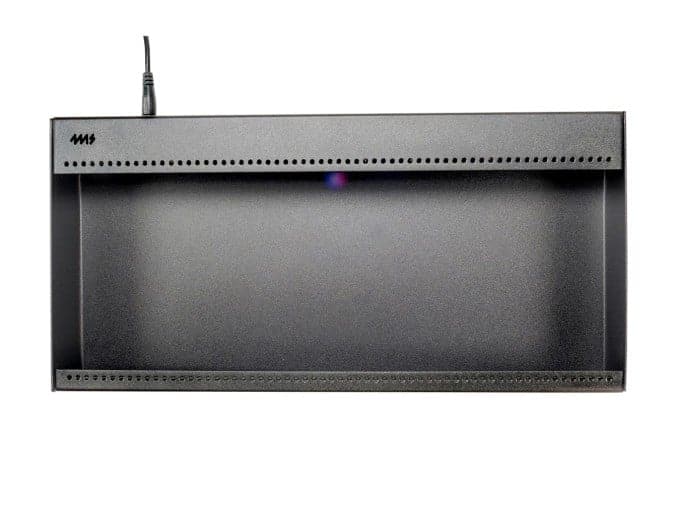
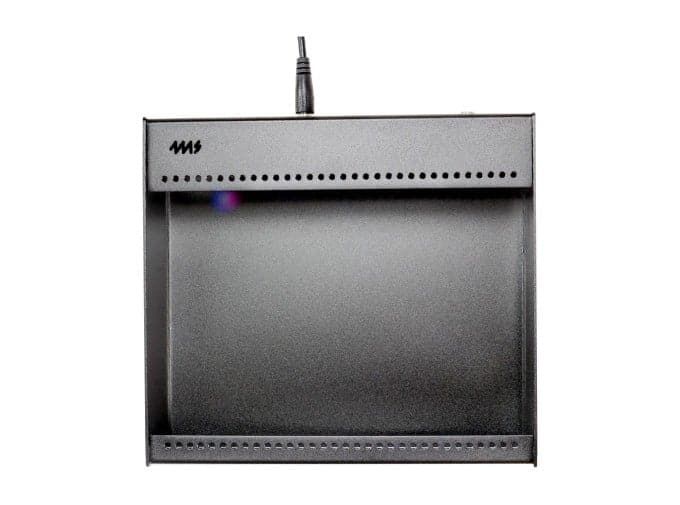
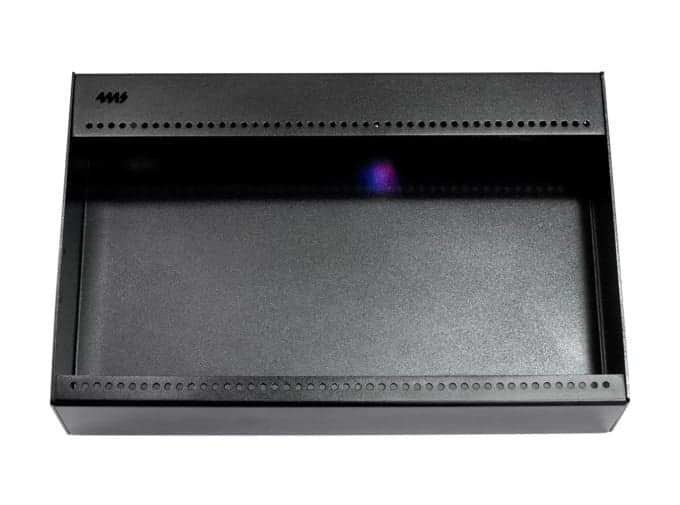
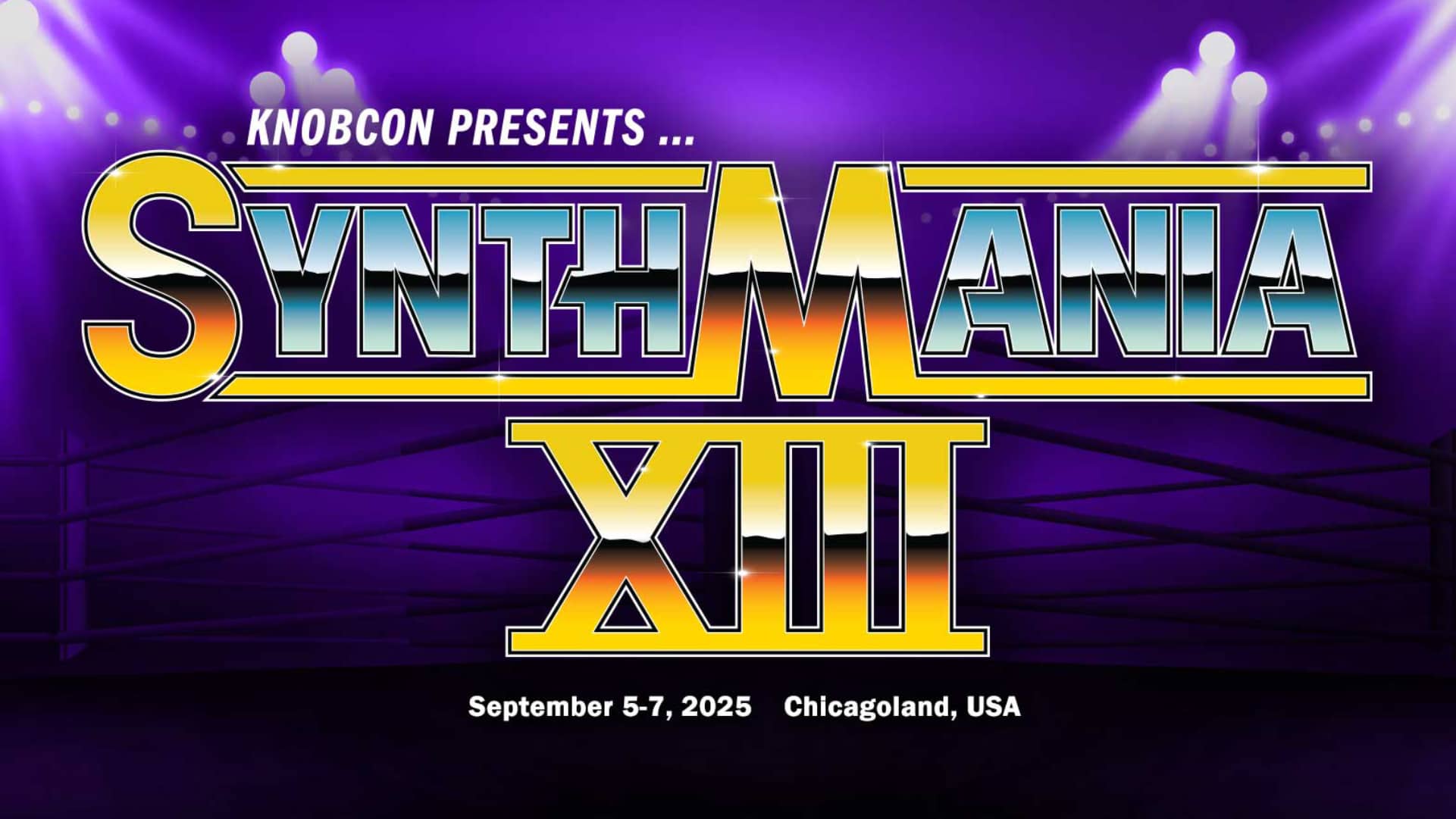
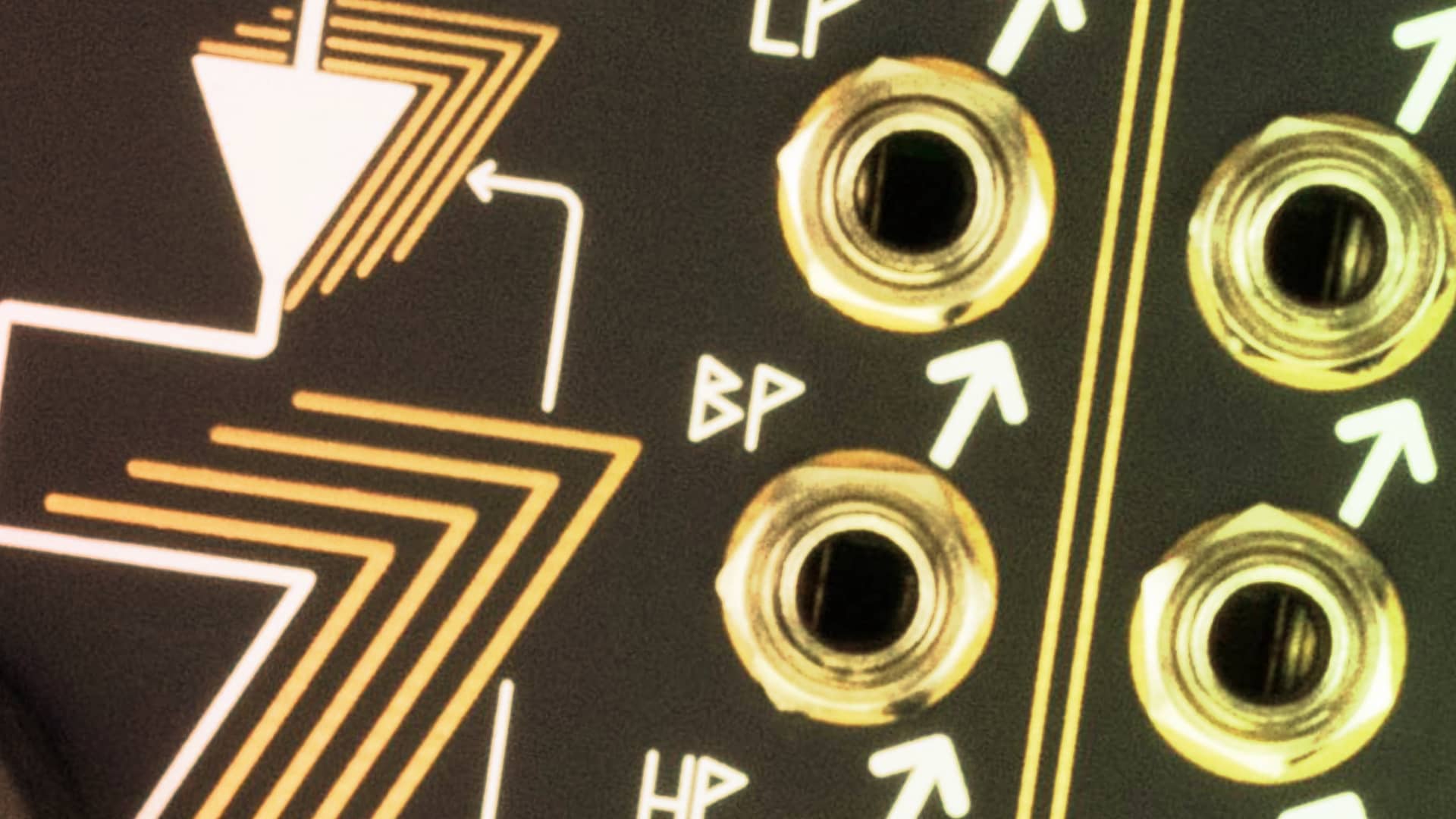

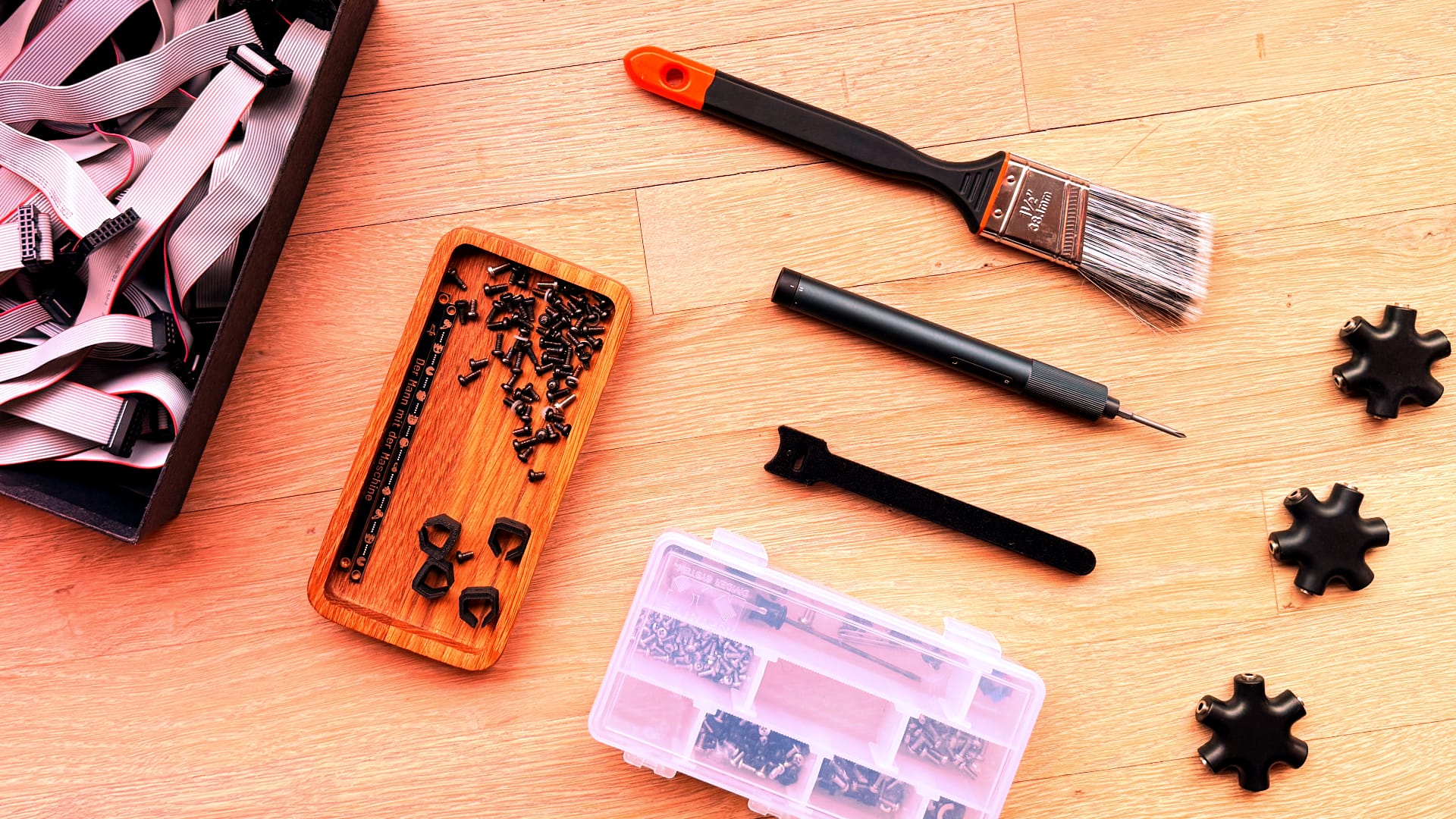
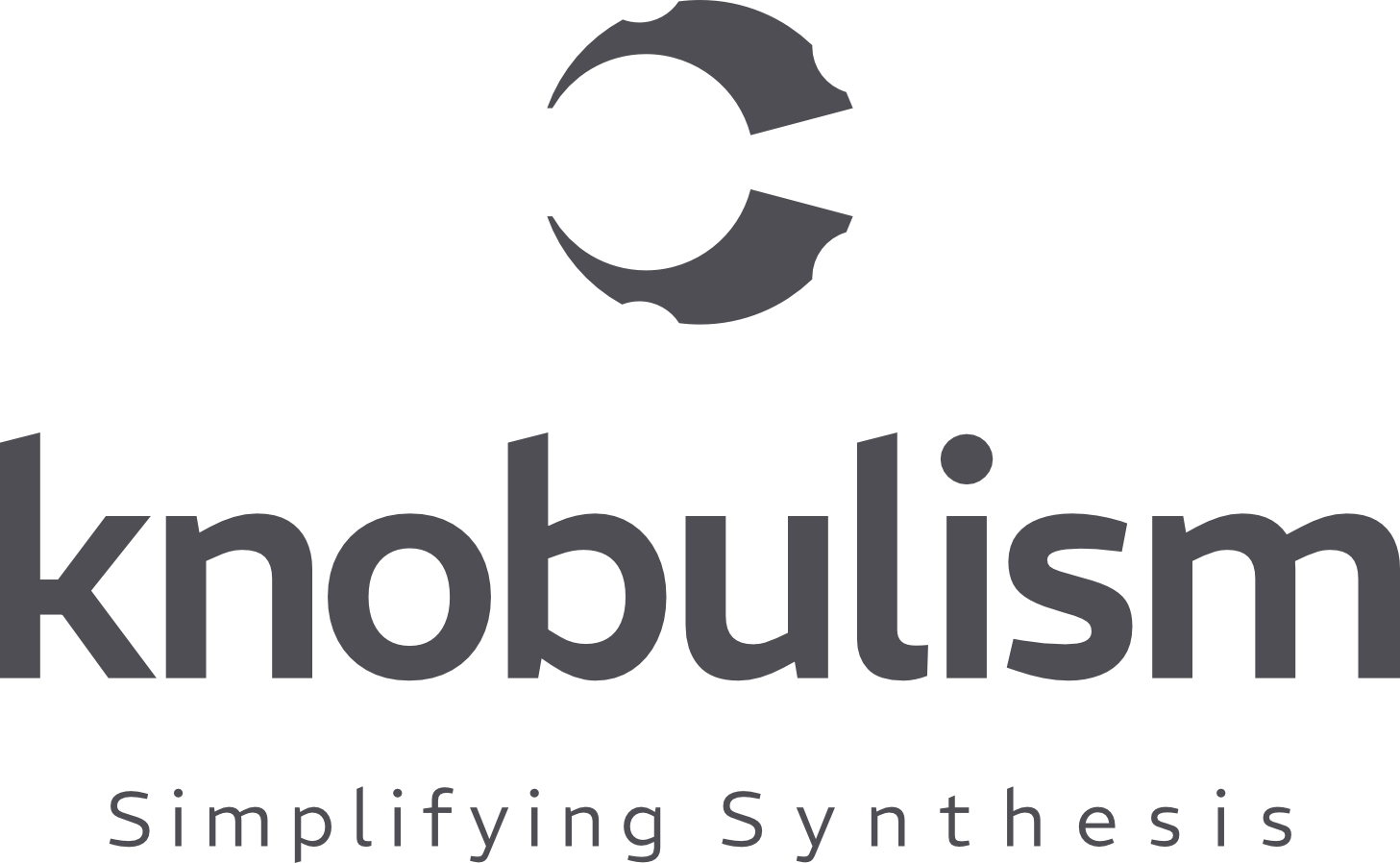


3 thoughts on “Honest & Thorough Eurorack Case Buying Guide”